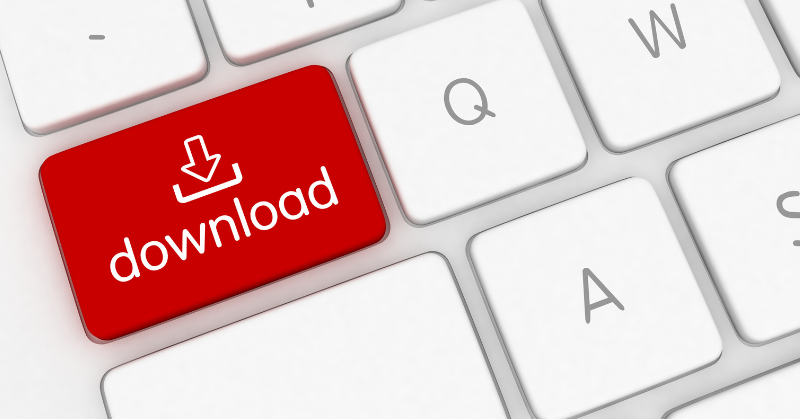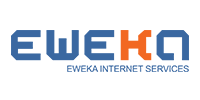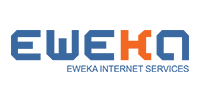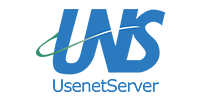Why You Can’t Download Some Files From Usenet
Last Updated: Aug 13, 2025

If you’re an experienced Usenet user, you’ve likely encountered downloads that fail to complete—despite being marked as “complete” by your Usenet provider. At first glance, Usenet transfers seem similar to peer-to-peer (P2P) downloads, but there are important differences and unique challenges. Unlike P2P, Usenet relies on a distributed network of servers that synchronize content, but retention policies, takedown requests, and technical limitations can all impact your ability to retrieve files.
Why Do Usenet Downloads Fail?
A file marked as complete on a Usenet server should, in theory, download without issue. However, several factors can prevent successful downloads. Incomplete uploads are a common technical issue, often resulting from interrupted posting or network errors. Most Usenet releases include PAR2 files—these are parity archives that allow for the repair or reconstruction of missing or damaged blocks, provided enough parity data is available. Advanced Usenet clients automatically use these files to maximize the chance of a successful download.
The most prevalent challenge today is content removal due to DMCA (Digital Millennium Copyright Act) requests. Rights-holders routinely issue DMCA notices to Usenet providers, compelling them to remove infringing material. This process is often automated, but not foolproof—sometimes legitimate files are mistakenly deleted. DMCA enforcement has become more aggressive in recent years, with providers implementing sophisticated monitoring and takedown systems. As a result, files may disappear from servers within hours of being posted, especially if they are popular or flagged by automated content recognition algorithms.
How DMCA Takedowns Affect Usenet
DMCA requests aren’t unique to Usenet; they affect search engines, websites, blogs, and file hosting services. When a Usenet provider receives a valid DMCA notice, the targeted files are removed from their servers. However, the file listings (headers) may persist for some time, so you might see files that appear available but are actually inaccessible. This discrepancy is due to the way Usenet propagates headers and content across its network. Sometimes, downloads start but fail midway as files are purged during the process. In other cases, remnants may linger on cache servers or content delivery networks, giving the illusion of availability. The timing of your download attempt can be critical—files may be available one moment and gone the next.
DMCA takedowns also vary by provider. Some Usenet services are based in jurisdictions with stricter copyright enforcement, while others may delay or resist takedown requests. This means that the same file may be accessible on one provider but unavailable on another. Users seeking maximum retention and access often subscribe to multiple providers, leveraging differences in takedown response times and retention policies.
Diagnosing and Recovering Incomplete Downloads
If you manage to download part of a file, PAR2 recovery files can often repair the damage—provided the number of available parity blocks matches or exceeds the missing data. Always ensure your Usenet client is configured to download and use PAR2 files for maximum reliability. Some advanced clients can even attempt partial recovery if only a subset of the data is available, but success depends on the completeness of the parity set.
The window between a file’s upload and its removal by DMCA action can be unpredictable. Downloading promptly after a file is posted increases your chances of success. Automated tools and indexers can help you monitor new uploads and initiate downloads as soon as content appears. Retention policies also play a role—providers with longer retention may offer access to older files, but these are also more likely to be subject to takedown requests.
Provider differences are significant. Some Usenet providers respond to DMCA requests faster than others, and retention policies vary. Consider using providers with longer retention and slower takedown response for better results. Geographic location, legal jurisdiction, and business practices all influence how providers handle takedown requests and content propagation.
Best Practices for Usenet Downloading
To maximize your success on Usenet, use a reliable client that supports PAR2 recovery and automated repair. Monitor file age and download promptly to avoid DMCA-related removals. Consider multiple Usenet providers for redundancy and improved access. Stay informed about DMCA trends and Usenet provider policies, as the landscape is constantly evolving. Advanced users may also employ automated scripts and notification systems to track new uploads and initiate downloads as soon as content is available.
Security and privacy are also important considerations. Use SSL connections to encrypt your Usenet traffic and protect your activity from monitoring. Be aware of your provider’s logging and privacy policies, as some may retain records of your downloads or share information with third parties in response to legal requests.
Conclusion
Usenet remains a powerful platform for file distribution, but DMCA enforcement and incomplete uploads can disrupt your experience. By understanding the technical and legal landscape—and leveraging recovery tools like PAR2—you can maximize your success and minimize frustration when downloading from Usenet. Staying proactive, informed, and technically prepared will help you navigate the challenges and make the most of what Usenet has to offer.







